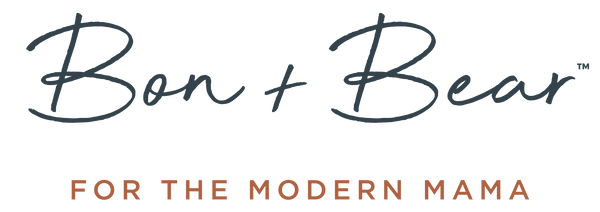Benefits Of Babywearing
 Babywearing has been used for centuries in many cultures, originating in Africa but also seen in Japan, Mexico and India - from Kanga to Kimono, Rebozo to Saris - the simple, traditional fabric used in everyday life allowed mothers to earn a living. Baby slings were used to keep baby close in the ‘fourth trimester’, to responsively feed, soothe and ensure a supportive start to the baby’s and mum’s life together.
Babywearing has been used for centuries in many cultures, originating in Africa but also seen in Japan, Mexico and India - from Kanga to Kimono, Rebozo to Saris - the simple, traditional fabric used in everyday life allowed mothers to earn a living. Baby slings were used to keep baby close in the ‘fourth trimester’, to responsively feed, soothe and ensure a supportive start to the baby’s and mum’s life together.Helps reduce crying by 43%
A gentle transition from womb to world which helps them feel safe and secure. Imagine being warm, constantly fed and with white noise on loop for 9 whole months and then suddenly not having any of that. It’s no wonder the next best thing is skin-to-skin or babywearing helps them settle. That’s why it has been shown to help reduce crying and fussiness by 43%! (Hunziker UA, Barr RG, 1986) [2] when you carry baby in a sling for 3 hours a day.
- Babywearing shows a greater maternal responsiveness and more secure attachment between baby and mum(Anisfeld, 1990) [3].
Helps reduce postpartum depression & in turn can boost milk supply
It can ease Mothers' anxiety around the expectation that their baby should sleep, or the need to always be on the go for yourself, whether you set aside dedicated skin to skin time where you will rest by reading, mindless scrolling and binge-watching Netflix. Or babywearing so that you if you must you can cook, clean or run around after your toddler – the worry of doing it all suddenly becomes less of a burden and you can focus on your well-being which will help to reduce postpartum depression [4] by boosting your oxytocin the ‘love hormone’ and it stimulates prolactin which can help to boost milk supply.
- A minimum of 5 Hours of skin to skin per day in the first week and 2 hours + a day until 1 month
- This showed a lower depression scale when reviewed and at 3 months a bigger reduction in cortisol (stress hormone) than those who did not do any skin to skin or very little (Bigelow, 2012) [4]
Helps Mums breastfeed for longer
When baby is close to you for skin to skin or babywearing, they are content and relaxed for longer, so when they are ready to feed (which will be very frequently in the first 8 weeks!) you are able to instantly recognise their feeding cues which can be very small initially such as rooting or little squirms. However, If the baby was in a pram you may not recognise these as quickly to respond before their cues progress and become more hungry, which is why the duration of breastfeeding is typically twice as long [5] The duration of breastfeeding at 5 months was shown to be 48% of women vs 24% with those who carried baby daily (Pisacane, 1992).
- Carrying baby at least 1 hour a day allows you to recognise your baby’s feeding cues and easily respond to them, quickly.
Calms baby reflux and colic
Do you remember what it feels like to have a big Christmas dinner, with all the trimmings and pudding? And then you lie down, feel bloated, sick and then profess “I don’t want to eat again”. Imagine that for a baby after a full feed - especially when their stomachs and oesophagus aren't fully developed yet – they might then be prone to silent reflux (like acid sitting in your chest) or reflux and physically being sick. This is distressing for you and them and in more severe cases can cause slow weight gain. So it makes sense to keep baby upright after a feed for at least 30 minutes,[7] so they can digest their milk and limit reflux so they are more comfortable.
- Symptoms of colic are associated with the 3’s — more than 3 hours of crying, more than 3 times a week and for the first 3 months plus. Babywearing can keep baby calm and reduce crying to limit the symptoms of colic. [6]

